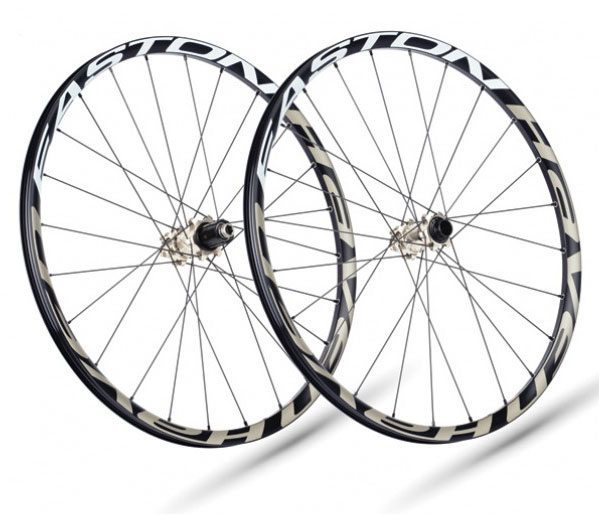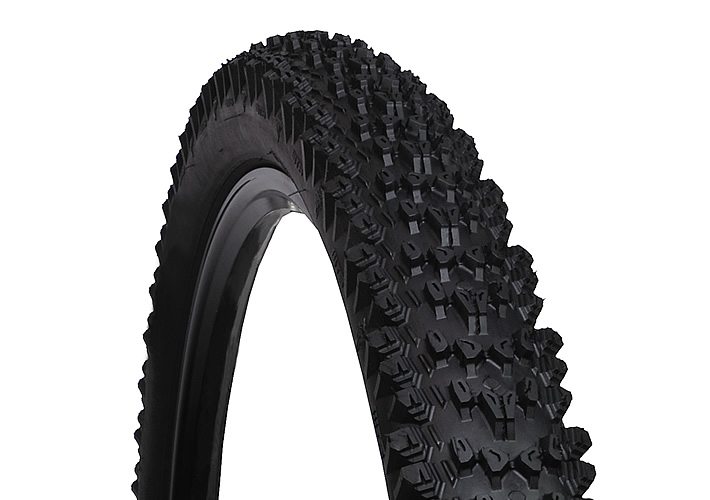By and large, cyclists are some of the most weight-obsessed humans on the planet. No matter the category—BMX, road, mountain, and all of the sub-categories within—we all at some point have made some sort of weight-related decision when purchasing or modifying our rides.
Oh, the things I’ve seen. Six rotor bolts? Bah! Three will do. (And who needs all those threads? Might as well cut those three bolts down a bit.) Spot some excess material on a component? Drill some holes in it!
And yet, there is no doubt that a lighter bike is going to help a rider go longer and faster under most circumstances. More time on the bike at faster speeds equals more fun. And that’s why we do this, right?
However, weight-saving decisions are very conditional. We have to consider factors like durability, strength, ride quality, price, intended use, riding style, riding conditions, and terrain. What works for a 140-pound XC racer in the Midwest is usually not going to cut it under a 190-pound freerider in Utah.
Considering each and every one of those factors in relation to weight saving benefits for the myriad riders, styles, and terrains out there would be damn near impossible in this format, so I’m going to focus on bikes in the trail/all-mountain realm because that’s what most of us ride day to day.
It’s also important to Be Realistic. Broken parts suck. They can lead to long walks, fractured bones, and facial scars. So be realistic, and I’ll point you in the direction of a lighter, yet still practical mountain bike.
WHEELS

The first place I will always look for weight savings are the rotational masses of wheels and tires. Rotational weight is the most crucial weight on your bicycle, and it becomes more important the farther away you move from the hubs. Accelerating, braking, climbing—they are all integral facets of riding, and all hugely affected by wheelset weight.
Climbing is essentially a constant acceleration; a lighter wheelset is going to make a huge difference in the effort to tick the cranks over. Likewise, a lighter wheelset is going to have lower gyroscopic forces, so it can help quicken the side-to-side handling.
Many off-the-shelf bicycles come equipped with fairly portly wheelsets. Bike companies know that most consumers look first at frame, then at the rear derailleur, then suspension, then maybe the wheels. The manufacturer can keep their costs down, as well as the retail price, by using a lower-end hub and rim. Replacing stock wheelsets with either a custom build or a prebuilt wheel system can shed weight and completely change the ride quality of your bike.
A decent set of prebuilt or hand-built wheelsets will usually start around $600 and can reach $1,000 if you want to go bananas with hubs and spokes. Certainly, with some savvy shopping, a rider can find some great deals for even less, but I would caution one from getting too cheap. Wheels are complex systems, and having the full support of a great builder or manufacturer is invaluable.
Acceptable weights to keep in mind for everyday trail riding wheelsets (without tires) range from about 1,600g to 1,900g. I hammered on a pair of 1,650g Easton Haven wheels for two years on my Santa Cruz Nomad with impressive results, and I’ve seen similar things from Mavic Crossmax STs and wheels built with Stan’s Flow rims.
TIRES

Tires are a quick, low-commitment answer to weight saving queries. They can also be a fantastic indicator that you’ve overshot your weight / durability / style / terrain matrix. Depending on your weight and style, solid trail tires can start around 650g, for a lighter rider. Somewhere in the mid 700g range would be a decent, though fairly aggressive goal.
On my 160mm-travel bikes, I generally opt for 800-850g tires set up tubeless, with a nod more to durability and handling than all-out weight saving. I ride with people who regularly opt for 1,000+ gram, 2-ply tires, but with a quick tire swap can quickly drop 150g per wheel for longer or smoother rides.
Ultimately, tires are a quick place to drop weight, but as the point of contact between bike and ground, I think it more prudent to maintain good traction, ride quality, and durability with more of a middle-weight choice. There are few things worse than cutting the sidewall of a new $70 lightweight tire.

great article again – i love your simple yet informed outlook at things !
on average the cheapest way to get the total weight down is ‘look at yourself’ – and actually it is the best one as most of us do sports to get better health and you cannot beat this if you both eat right and exercise.
good riding!
wojtek